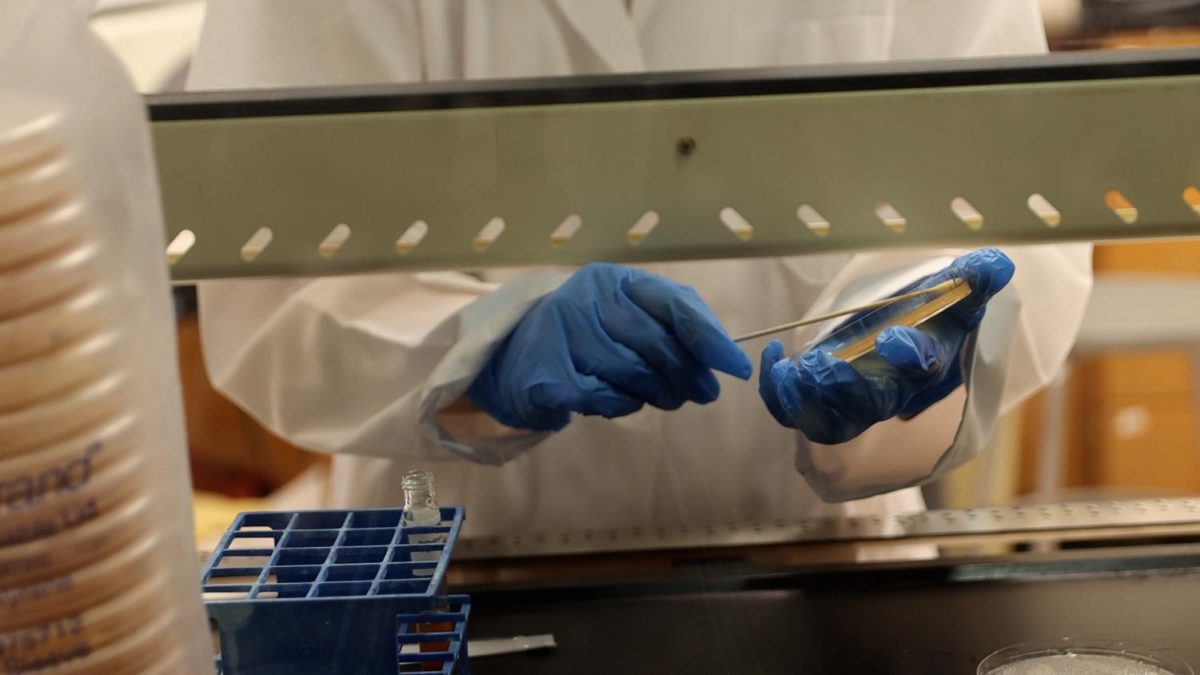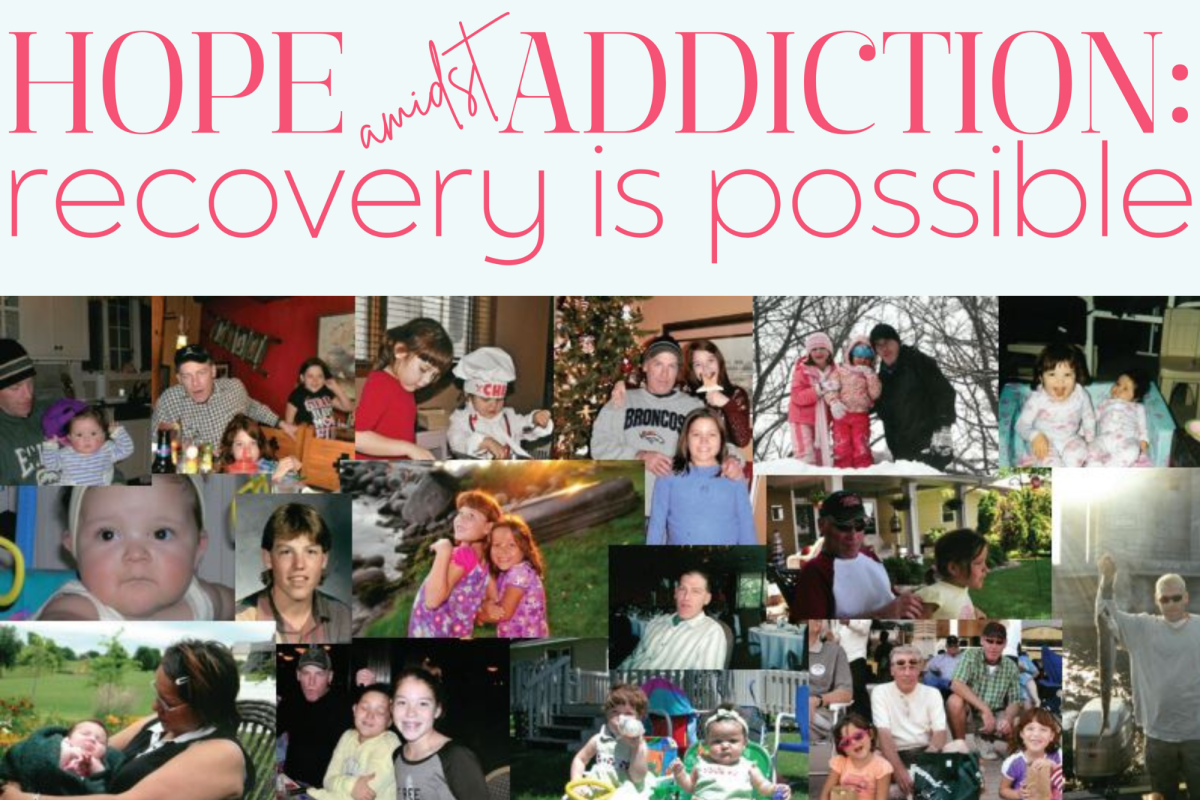Addiction is perhaps one of the most misunderstood illnesses by the general public in the present climate. Its impacts are severe, yet the direness of this problem that plagues our education system is still somehow foreign to those who are not on the front lines.
I’ve been no stranger to addiction. When I was seven years old, my mom died of alcohol abuse-related reasons, and this was my first exposure to death. At such a young age, I had no concept of death; I didn’t understand that when my dad pulled my sister, Daisy, and I into the kitchen just a couple days after Christmas in 2012, I would never see my mom again. Years later in 2016, the worst kind of familiar situation occurred. I was called into the living room by my uncle and told that my dad didn’t make it through the night. His death was also related to his drug and alcohol abuse along with a decline in his mental health.
Many who see this trauma from the outside assume that Daisy and/or myself are bound to follow our parents’ path. Based solely on statistics, it’s agreed upon that children are predisposed to addiction if raised by parents who struggle with any substance-related abuse.
According to MentalHelp, “It is widely accepted within the literature on substance abuse disorders that problems with addiction tend to run in families; individuals who grew up with parents who struggled with addiction are more likely to also have problems with addiction themselves later on in life. This predisposition to developing an addiction disorder can be accounted for by the interaction of both environmental and genetic factors.”
Rather than fall into an addicted lifestyle, I fight to overcome my dreaded destiny. I cannot participate in traditional parties that occur throughout high school and college simply because having “just one” drink or hit of a vape would be detrimental. Both Daisy and I will be first-generation college students as our dad was the only parent who graduated high school but ended his schooling there. Although we’ve almost achieved our happy ending, this is statistically not the case for most. Danyelle Brown, one of the assistant principals at LHS, sees first-hand the toll that addiction has on many students.
“We definitely see an impact on attendance at school and an impact on behaviors in classes. If you’re heavy into your addiction and your body reacts in a down, or kind of, ‘I’m just going to sleep” mode, that can affect it,” said Brown. “Impulsiveness can also affect behavior. Spending a lot of time trying to get that next [fix] whether that’s from someone in the bathroom [or any other means]. So grades, attendance and behavior are the biggest ones we see.”
Any student who’s ever gone to the bathroom at any time in the school day knows how many people are in there vaping. They can be a nuisance when in a hurry, but it can make one wonder about their lives. Bringing any illegal substance warrants a consequence, but it also calls for a check-in.
“Part of the reason why I spend a lot of time in the girls bathroom is because it’s [one of the main spots for vaping]. A lot of times students see that as disciplinarian, but I have a lot of conversations with families of students that I’m concerned about. We bring them to counseling too and say, ‘Hey, I’ve seen this student in the bathroom x amount of times, and I’m concerned about them.’ And we kind of let the conversation go from there,” said Brown. “My goal is not to be mean, of course discipline has to happen, and we don’t want that at school, but there’s a lot of students who don’t want to be around that, and they have the right to not be around that as well.”
Amidst the chaos of life and school and ever-rising need for therapists, many students are never taught the healthy skills that are necessary to cope with life. For those who turn to substances, even if they choose to use at school, punishment is not the only result. The Sioux Falls School District works with Southeastern Behavioral when a student gets caught with a vape or other substance at school.
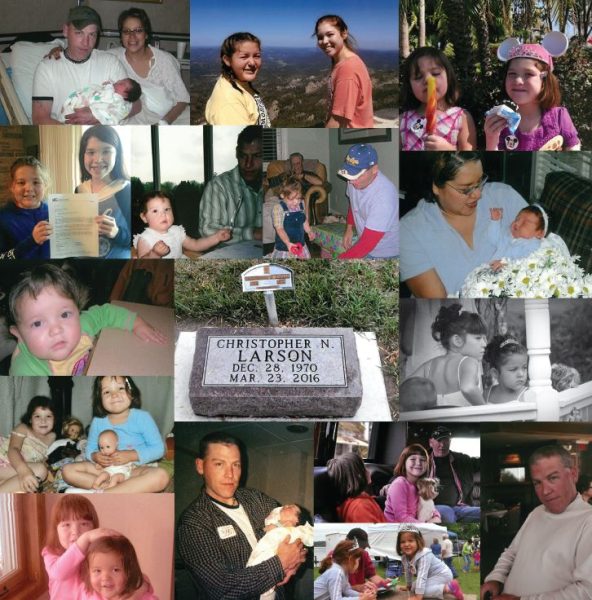
“If students get in trouble with a substance they’re not supposed to have here at school and there’s school discipline attached to it, most of the time they have to have an evaluation at Southeastern Behavioral. What that evaluation does is it allows the family and Southeastern to make that determination of what kind of support we can give and what kind of support the community has,” said Brown.
SFSD also works with a therapy office that offers four free sessions to employees in the district. No matter student or staff, every addict deserves help. According to the National Institute on Drug Abuse, NIDA, “[Addiction] is considered a brain disorder because it involves functional changes to brain circuits involved in reward, stress and self-control.”
In other words, addiction is not a choice; it is a disease. Whether the first encounter with a substance was a choice or not, the disease is out of an addict’s control. Because drugs and alcohol can severely impact a developing brain, the typical legal age for controlled substances is 21. As accessibility rises with e-cigarettes and vape products, the age of people suffering from substance use disorders decreases every year.
Jessica Schmit, one of the counselors at LHS, has a background in working with severe addiction cases at a JDC program, as well as working as a project mental health coordinator.
“Whether it’s personal addiction or addiction of a loved one, it greatly impacts lives- addiction controls your life. If you’re a student struggling with addiction, your whole social world will change; you may notice yourself pulling away from your friends and being depressed or anxious, among other things. As for students academically, it’s extremely difficult to focus on your studies when you’re craving whatever fix you need; it’s a huge distraction and nothing will seem more important than getting your fix,” said Schmit.
If a student has an addiction and is also a full-time student, their grades will inevitably be affected. It’s simply not possible to be fully committed to both at the same time, which is why it’s important for students to get help. Whether that be through a school counselor, a therapist, a parent or a friend, it is crucial to be treated for addiction; the truth is that no one can treat it on their own. That may sound obvious for someone unfamiliar with addiction, but Schmit believes that recognizing you need help is the first step in recovery.
“[The first barrier to recovery is] denial: not knowing that you need the help. Stigma: society thinks less of you. Access: to help and the cost. Treatment in itself is just very difficult. Drug usage truly changes your brain structure, and you’ll have to fight daily to function like you used to,” said Schmit. “I have the utmost respect for people who have gone through treatment and fight every day, that is so impressive. You are not who you once were before drugs, which is sad and scary. Every day you need to make the decision to go against what your body is trying to tell you to do and decide that you want to fight.”
Recovery is not as simple as quitting cold turkey. First, the addict needs to want help. NIDA says “Treatment of chronic diseases involves changing deeply rooted behaviors, and relapse doesn’t mean treatment has failed… When patients first stop using drugs, they can experience various physical and emotional symptoms, including restlessness or sleeplessness, as well as depression, anxiety, and other mental health conditions.”
While the road may be rough, recovery is possible. Even if the addiction impacting your life is secondhand, you do not have to carry that weight alone. We’re lucky to live in an age where mental health is being prioritized more than ever. This is apparent in Sioux Falls with the abundance of treatment centers as well as counselors and therapists.
While the road may be rough, recovery is possible. Even if the addiction impacting your life is secondhand, you do not have to carry that weight alone.
— Zoe Larson
“It’s important to know that we all need assistance from others at times and it’s okay to ask for help and receive the help,” said Schmit.
Addiction is becoming normalized in America’s teenage culture, but with a rise in this disease comes a rise in professionals who are passionate about educating and treating it. The stigma surrounding addicts and addiction is powerful, but we as people can fix this. The next time you see someone vaping in the bathroom, don’t be so quick to judge. Addiction does not define a person.
“One of those things that I try to strive for is to remember that behavior isn’t the student. There’s a story there, and there’s great potential there. I believe that education is the best way to do that. Everyone has a story, you don’t know the story of the person sitting next to you, and chances are they’re not going to share it: be kind,” said Brown.
This story was originally published on The Statesman on May 16, 2024.

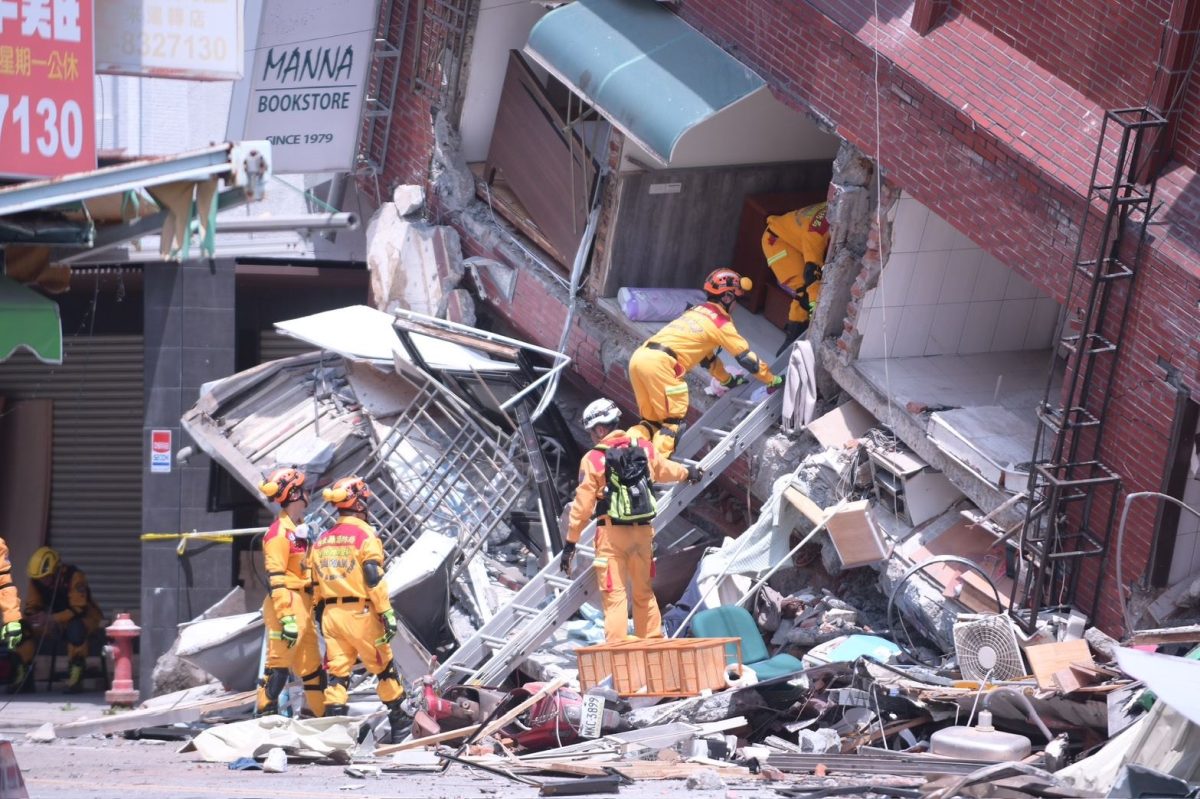
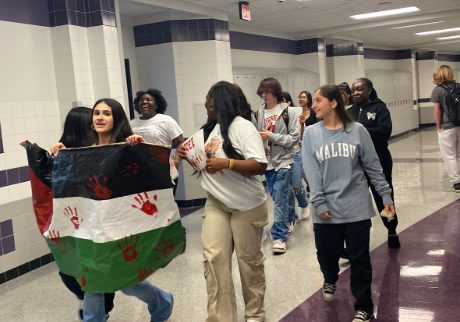


![With the AISD rank and GPA discrepancies, some students had significant changes to their stats. College and career counselor Camille Nix worked with students to appeal their college decisions if they got rejected from schools depending on their previous stats before getting updated. Students worked with Nix to update schools on their new stats in order to fully get their appropriate decisions. “Those who already were accepted [won’t be affected], but it could factor in if a student appeals their initial decision,” Principal Andy Baxa said.](https://bestofsno.com/wp-content/uploads/2024/05/53674616658_18d367e00f_o-1200x676.jpg)
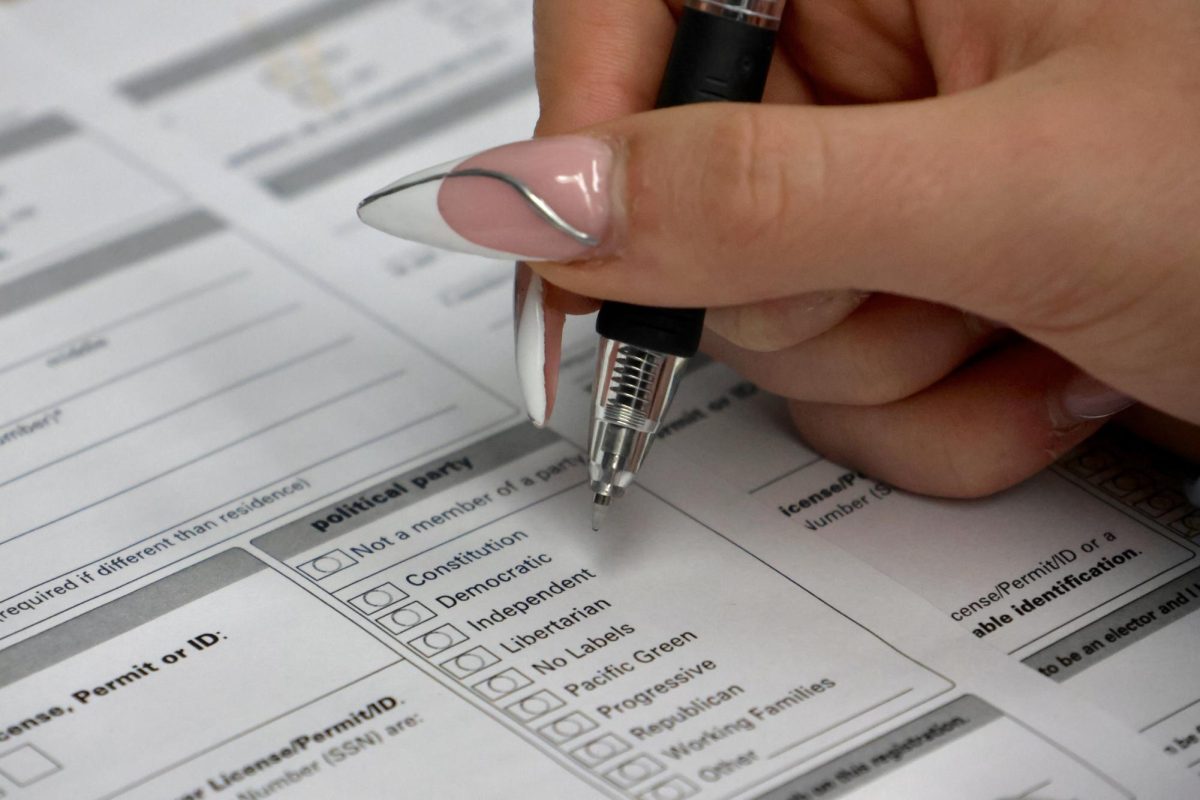


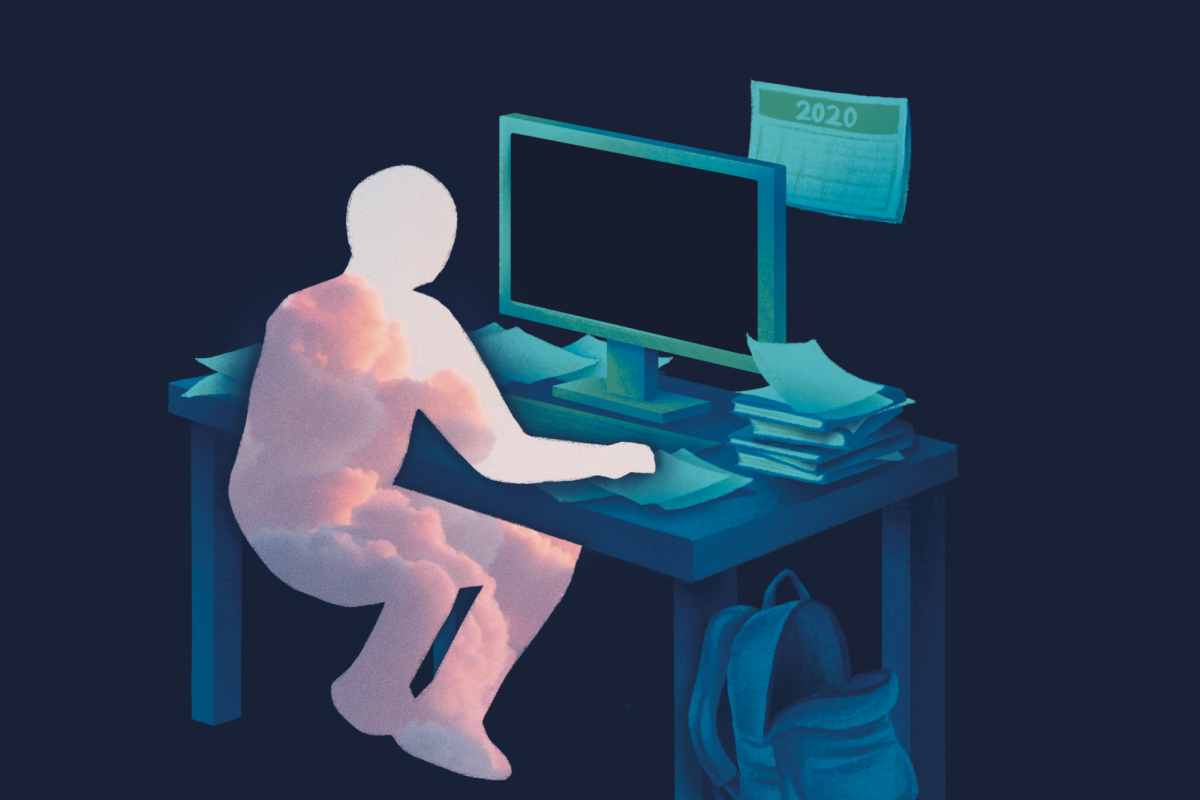

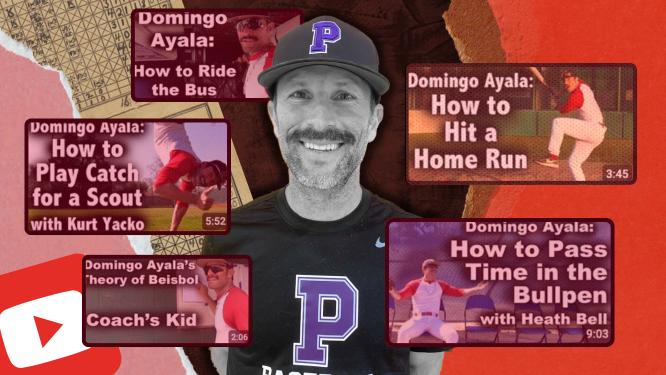
![Junior Mia Milicevic practices her forehand at tennis practice with the WJ girls tennis team. “Sometimes I don’t like [tennis] because you’re alone but most of the time, I do like it for that reason because it really is just you out there. I do experience being part of a team at WJ but in tournaments and when I’m playing outside of school, I like that rush when I win a point because I did it all by myself, Milicevic said. (Courtesy Mia Milicevic)](https://bestofsno.com/wp-content/uploads/2024/06/c54807e1-6ab6-4b0b-9c65-bfa256bc7587.jpg)

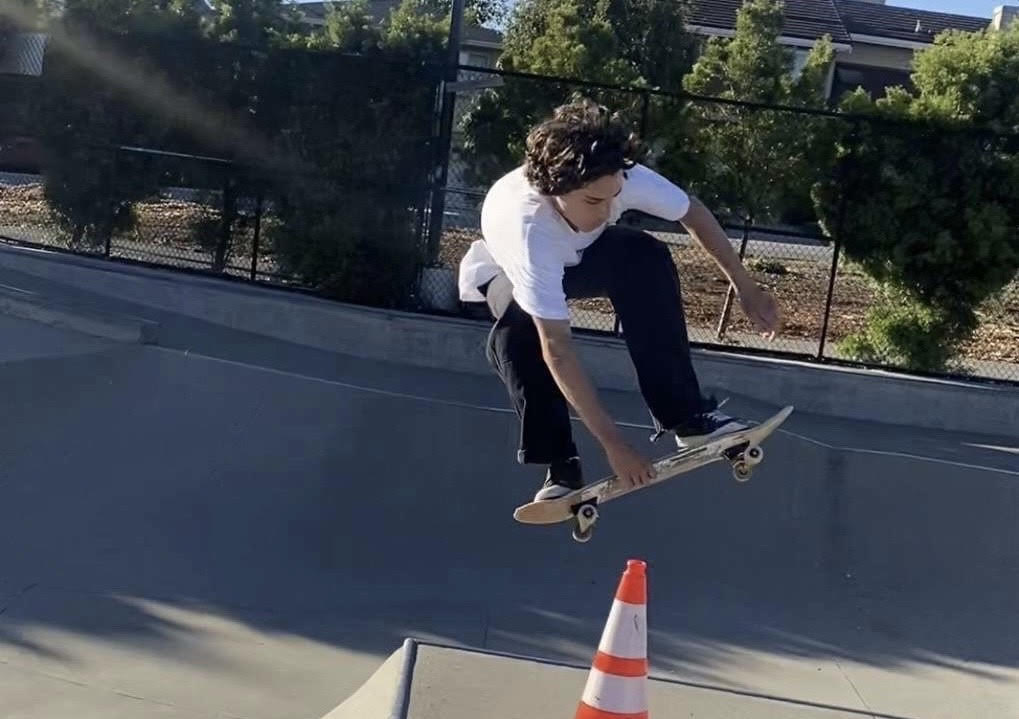

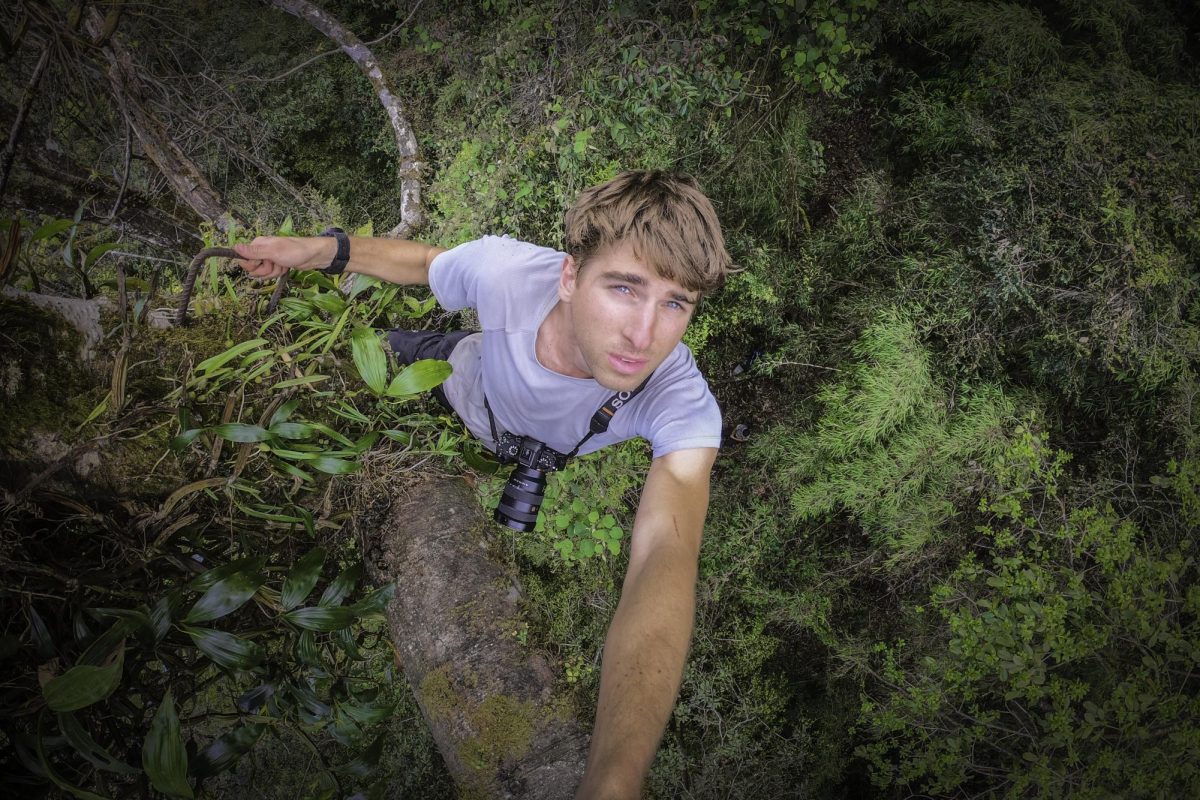

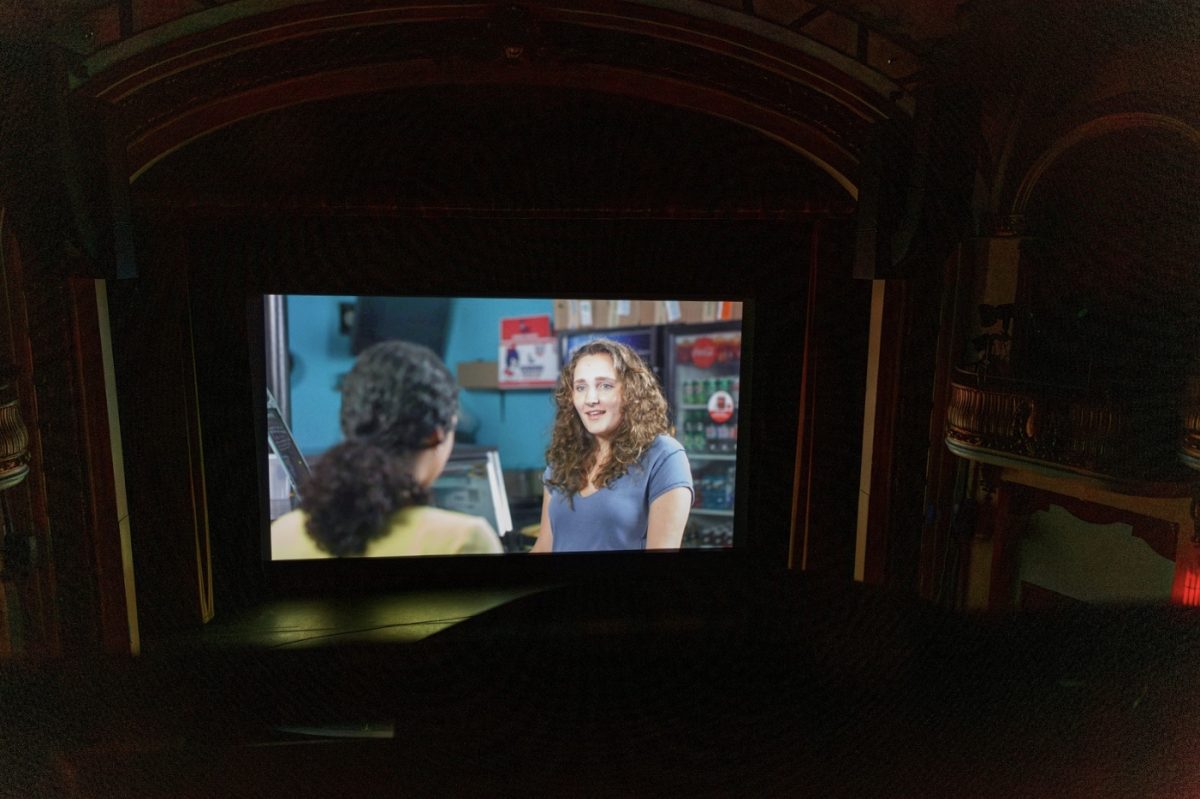


![The Jaguar student section sits down while the girls basketball team plays in the Great Eight game at the Denver Coliseum against Valor Christian High School Feb. 29. Many students who participated in the boys basketball student section prior to the girls basketball game left before half-time. I think it [the student section] plays a huge role because we actually had a decent crowd at a ranch game. I think that was the only time we had like a student section. And the energy was just awesome, varsity pointing and shooting guard Brooke Harding ‘25 said. I dont expect much from them [the Golden Boys] at all. But the fact that they left at the Elite Eight game when they were already there is honestly mind blowing to me.](https://bestofsno.com/wp-content/uploads/2024/05/IMG_7517-e1716250578550-900x1200.jpeg)

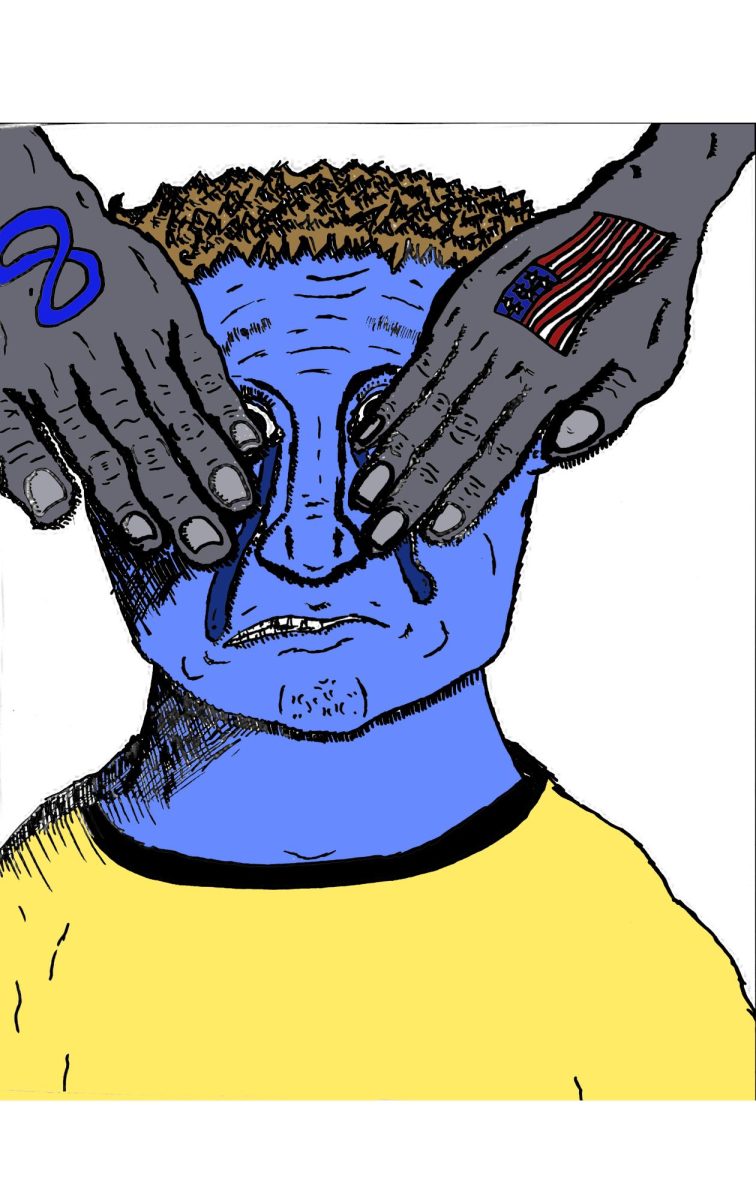

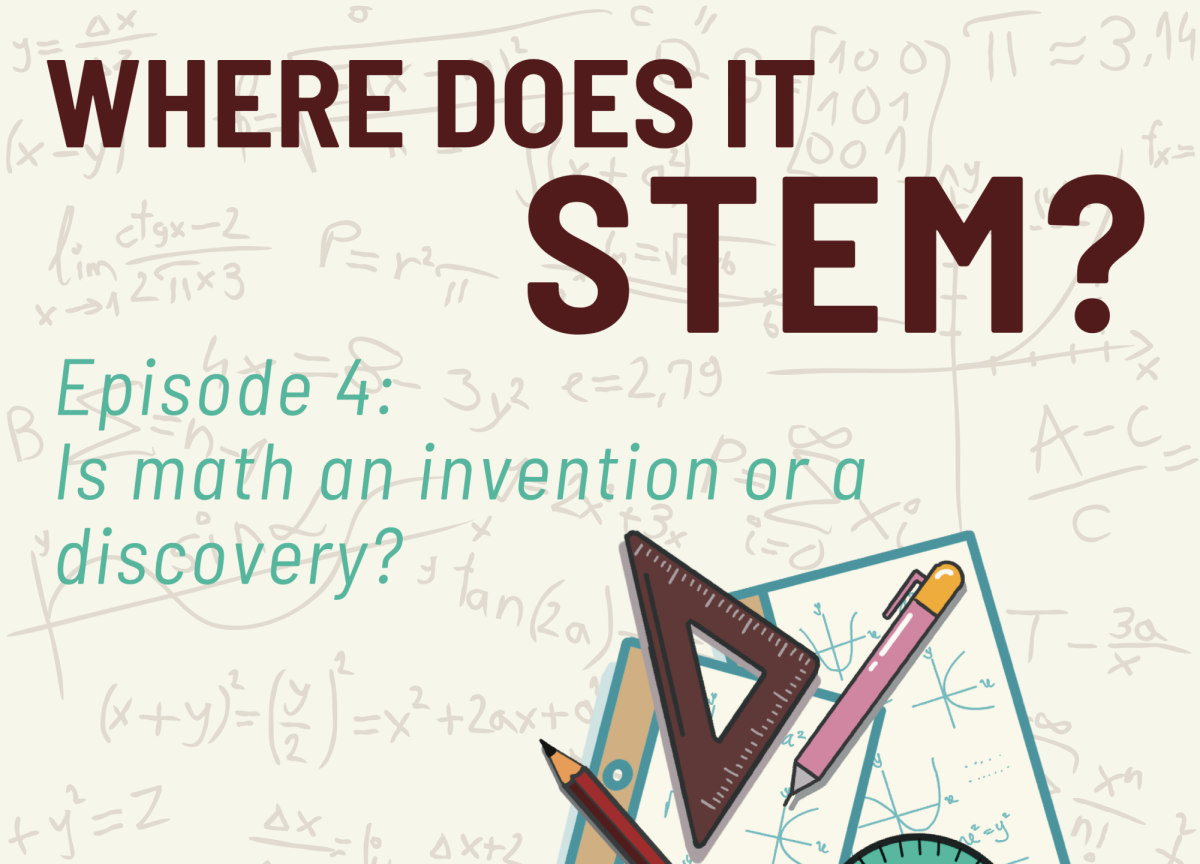

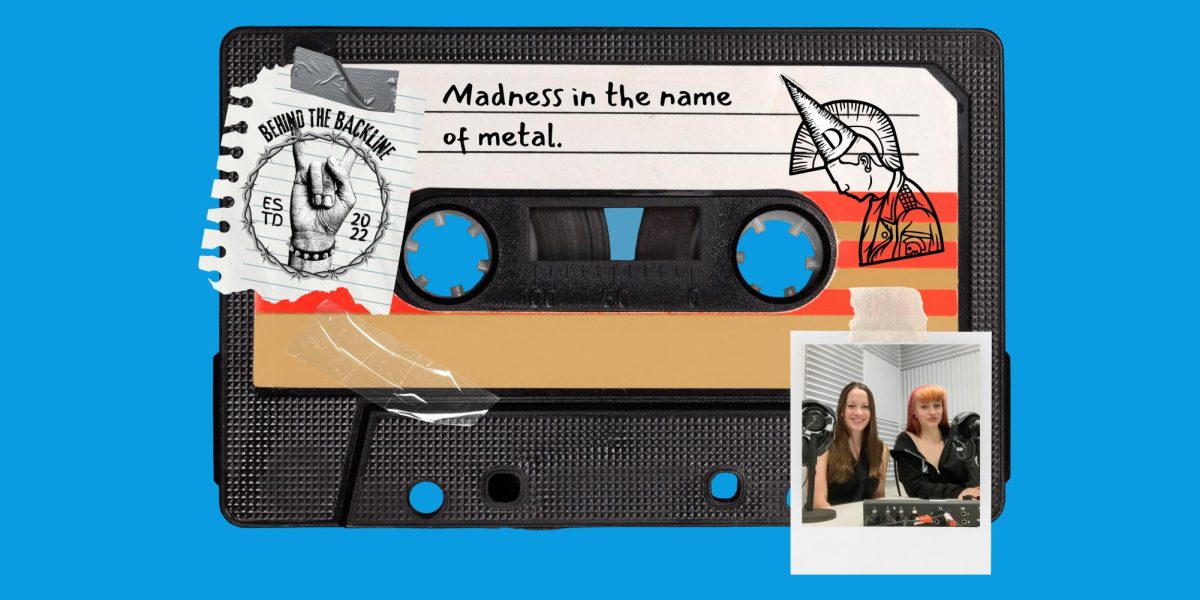
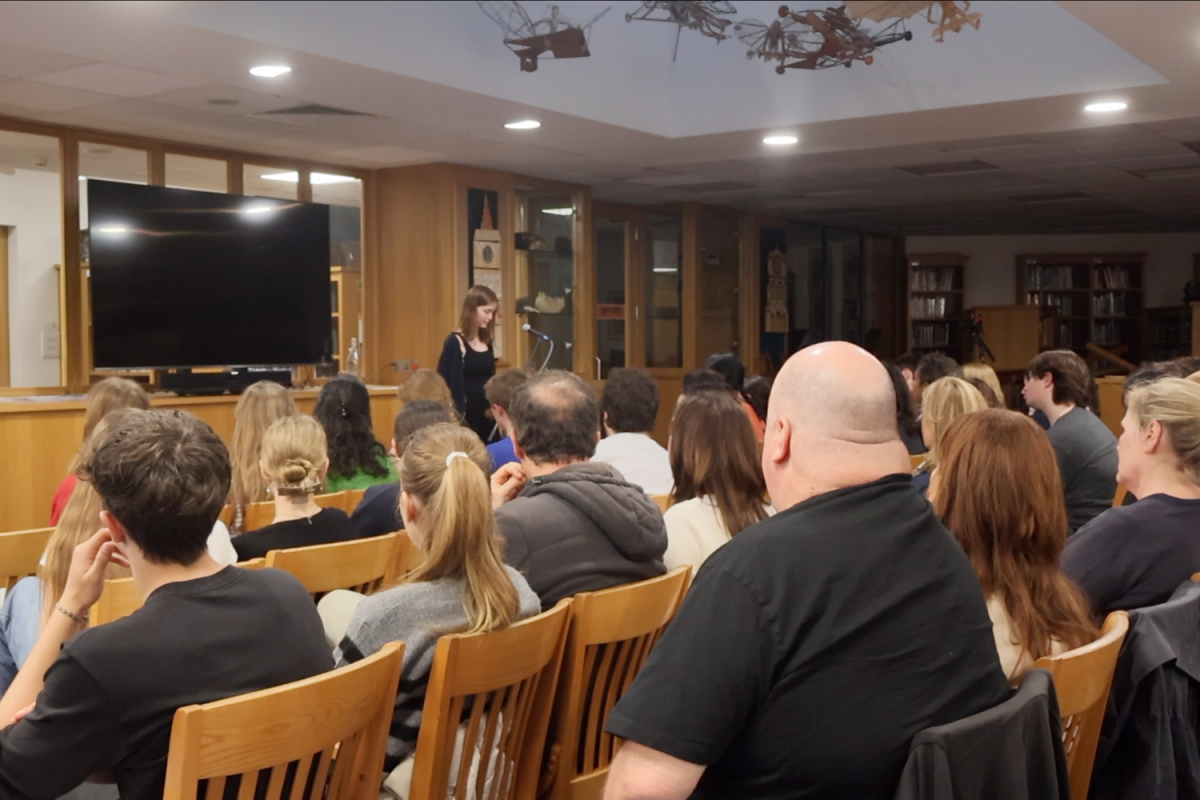


![BACKGROUND IN THE BUSINESS: Dressed by junior designer Kaitlyn Gerrie, senior Chamila Muñoz took to the “Dreamland” runway this past weekend. While it was her first time participating in the McCallum fashion show, Muñoz isn’t new to the modeling world.
I modeled here and there when I was a lot younger, maybe five or six [years old] for some jewelry brands and small businesses, but not much in recent years,” Muñoz said.
Muñoz had hoped to participate in last year’s show but couldn’t due to scheduling conflicts. For her senior year, though, she couldn’t let the opportunity pass her by.
“It’s [modeling] something I haven’t done in a while so I was excited to step out of my comfort zone in a way,” Muñoz said. “I always love trying new things and being able to show off designs of my schoolmates is such an honor.”
The preparation process for the show was hectic, leaving the final reveal of Gerrie’s design until days before the show, but the moment Muñoz tried on the outfit, all the stress for both designer and model melted away.
“I didn’t get to try on my outfit until the day before, but the look on Kaitlyn’s face when she saw what she had worked so hard to make actually on a model was just so special,” Muñoz said. “I know it meant so much to her. But then she handed me a blindfold and told me I’d be walking with it on, so that was pretty wild.”
Caption by Francie Wilhelm.](https://bestofsno.com/wp-content/uploads/2024/05/53535098892_130167352f_o-1200x800.jpg)



